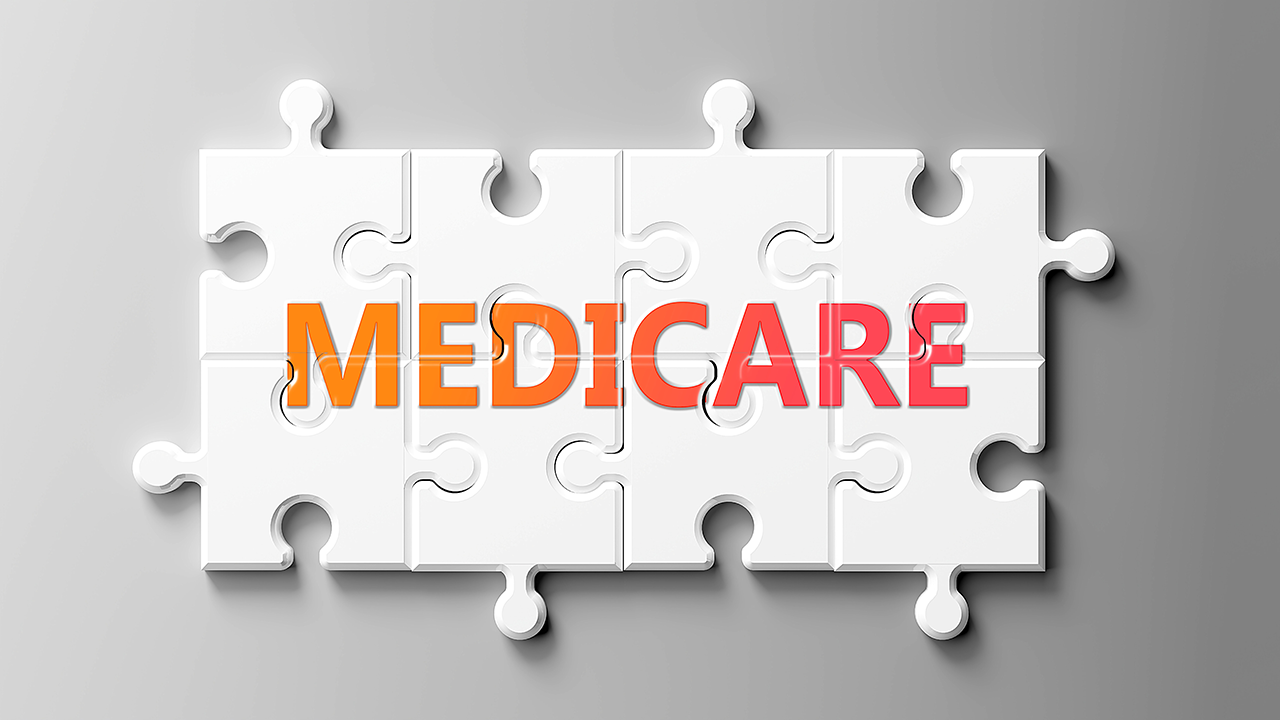What to Know About the Recent Medicare Part B Premium Increase
Tens of millions of Americans rely on Medicare Part B to cover important medical services like doctors’ visits, preventative screenings, and other outpatient care. But this insurance comes at a price: enrollees must pay a monthly premium to enjoy its benefits. In 2022, the standard premium jumped nearly 15% to $170.10 per month – the highest on record.
It’s no secret that increasing Medicare premiums can be a source of confusion and stress. In this article, we’ll discuss what Medicare Part B covers, what it costs, and how it can affect your health and wallet.
What is Medicare Part B?
Medicare Part B is like a traditional medical insurance policy. It helps eligible participants, including people over the age of 65, pay for a range of doctors’ services and medical equipment. Medicare Part B is designed to supplement Medicare Part A, which covers inpatient hospital stays and is typically premium-free.
What Does Medicare Part B Cover?
If you are new to Medicare Part B, or are simply weighing your options, it’s essential to know what your plan provides. Medicare Part B coverage falls into two categories: medically necessary services to diagnose and treat medical conditions, and preventative services to help avoid illness or detect it at an early stage. Covered services can include:
- Physical exams
- Clinical research
- Ambulance transportation
- Durable medical equipment (DME), like wheelchairs and blood sugar meters
- Outpatient mental health treatment
- Flu shots
- Limited outpatient prescription drugs
It is important to note that Medicare Advantage Plans and other Medicare plans can have different rules and coverage conditions. You should consult your physician or Medicare if you are unsure of coverage.
| Tip: Use this website to easily check if Medicare covers your medical test, item, or service: https://www.medicare.gov/coverage |
What Does Medicare Part B Cost?
Most people with Medicare Part B pay the standard premium, but high-income enrollees may be subject to a surcharge. Medicare will either bill you directly for the premium or deduct the cost from your Social Security benefits if you are already receiving them.
The standard premium for Medicare Part B
- 2021: $148.50
- 2022: $170.10
If you are in the top 7% of Medicare recipient earners, expect to pay a surcharge on top of the standard premium called an Income-Related Monthly Adjustment Amount (IRMAA). IRMAA affects single filers with a modified adjusted gross income (MAGI) of more than $91,000 and couples with a MAGI greater than $182,000.
| If your yearly income in 2020 (for what you pay in 2022) was | You pay each month (in 2022) | ||
| File individual tax return | File joint tax return | File married & separate tax return | |
| $91,000 or less | $182,000 or less | $91,000 or less | $170.10 |
| above $91,000 up to $114,000 | above $182,000 up to $228,000 | Not applicable | $238.10 |
| above $114,000 up to $142,000 | above $228,000 up to $284,000 | Not applicable | $340.20 |
| above $142,000 up to $170,000 | above $284,000 up to $340,000 | Not applicable | $442.30 |
| above $170,000 and less than $500,000 | above $340,000 and less than $750,000 | above $91,000 and less than $409,000 | $544.30 |
| $500,000 or above | $750,000 or above | $409,000 or above | $578.30 |
Source: Medicare.gov
Medicare Part B deductible
- 2021: $203
- 2022: $233
After you meet your Medicare Part B deductible for a calendar year, you generally pay 20% of the Medicare-approved amount for the following:
- Most doctor services, including while you’re a hospital inpatient
- Outpatient therapy
- Durable medical equipment (DME) that a doctor orders for home use
- Diagnostic or treatment services
- Hospital outpatient fees
- Outpatient anesthesia
The following services are free:
- Clinical laboratory services
- Home health care services
- Yearly depression screening
| Did you know? A late enrollment penalty applies if you do not sign up for Part B when you are first eligible. Your monthly premium may go up 10% for every 12-month period you qualify for Part B but don’t enroll. Once you enroll (usually at the beginning of the year), your coverage will not start until July 1st of the same year. |
Supplemental coverage that can pay for the Medicare Part B deductible:
- Medicaid
- Employer-sponsored plans
- Medigap Plans C and F (discontinued for new enrollees as of 2020 as part of the Medicare Access and CHIP Reauthorization Act of 2015)
Why is the Price of Medicare Part B Increasing?
The Medicare Part B premium has increased 62% over the last ten years, far more than inflation. There are several reasons for the spike in 2022, including:
- Increasing health care system costs and utilization, due in part to COVID-19
- Potential new medication options, including the expensive Alzheimer’s drug Aduhelm
- To compensate for the small premium increase in 2021
- To build a reserve for unexpected health care system cost increases
Medicare Part B cost increases over the last ten years
| Year | Monthly Premium | % Change |
|---|---|---|
| 2013 | $104.90 | – |
| 2014 | $104.90 | 0% |
| 2015 | $104.90 | 0% |
| 2016 | $121.80 | 16% |
| 2017 | $134.00 | 10% |
| 2018 | $134.00 | 0% |
| 2019 | $135.50 | 1% |
| 2020 | $144.60 | 7% |
| 2021 | $148.50 | 3% |
| 2022 | $170.10 | 15% |
Source: TheStreet.com
How to Pay for Rising Medicare Part B Costs
As the cost of Medicare Part B increases, you may be concerned about how to pay for it. Fortunately, the rise in Medicare costs is offset by a cost-of-living-adjustment (COLA) to keep pace with inflation. Social Security recipients will see their benefits increase 5.9% in 2022 – the largest COLA in 30 years.
The average COLA increase in 2022
- Retired worker: $92 a month to $1,657
- Retired couple: $154 a month to $2,753
However, rising Medicare Part B costs may absorb a portion – if not all – of the additional funds, depending on your Social Security benefits. Medicare Part B premiums typically rise much faster than COLA increases, so the imbalance can be challenging to deal with.
Thinking About Retiring?
If you are getting ready for retirement, it’s essential to account for rising Medicare costs. Consider creating a savings account for retirement health care costs or taking advantage of employer-sponsored health savings accounts if they’re available to you. Health care may account for a significant part of your retirement budget as you age, but understanding the costs now can help you better plan for the future.




